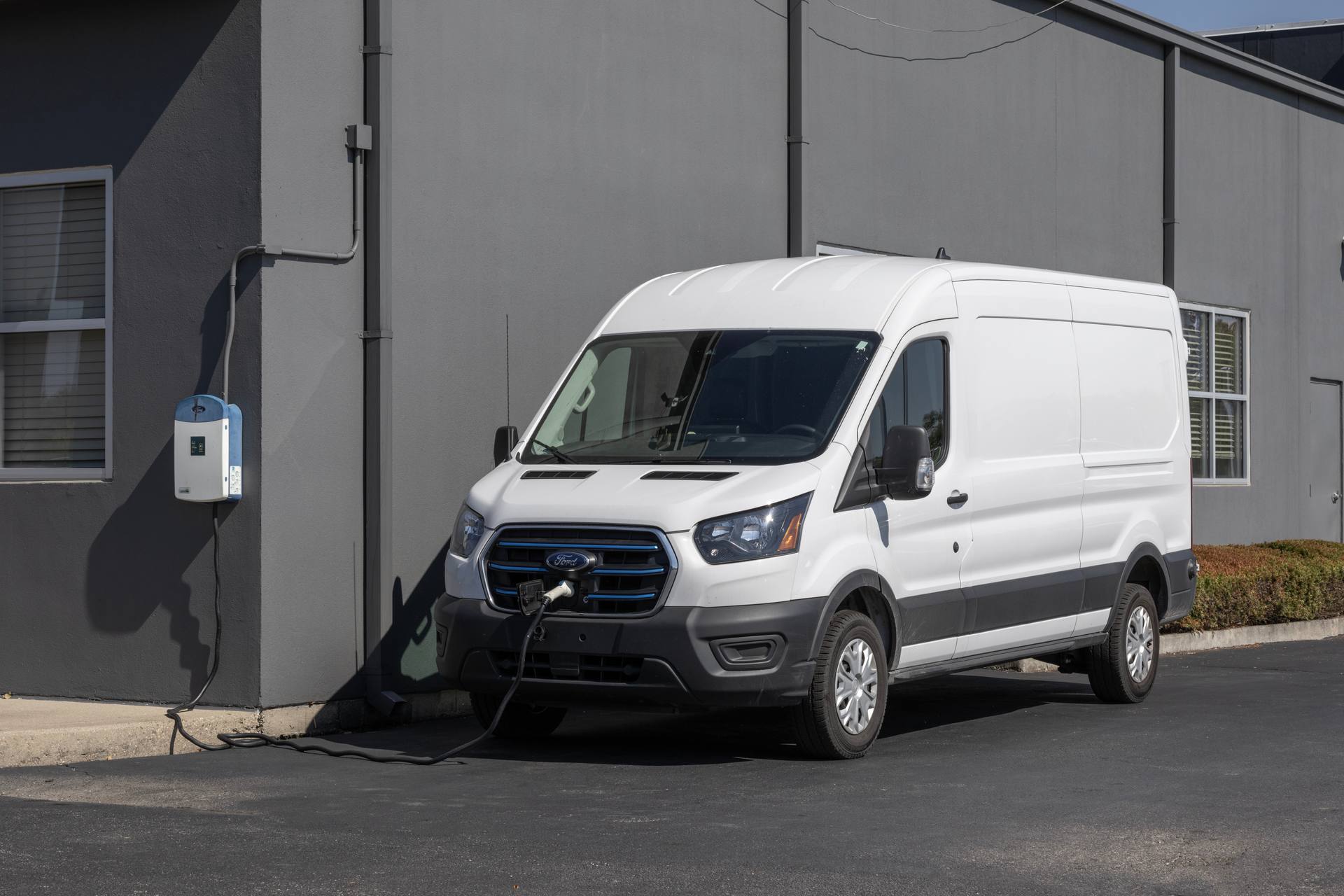Peterbilt, an American OEM, has announced it has received an order for 150 Model 579EVs electric trucks from Einride (Swedish transport company). Interestingly, Einride offers Freight-Capacity-as-a-Service, offering a turnkey service to its customers that transports their freight autonomously through its Einride Saga digital platform. This order of electric Peterbilt’s will allow it to do so with no tailpipe emissions.
The GM Envolve Solutions Summit was a success as it had over 750 fleet managers and executives in attendance. Security and safety are two themes that GM (Evolve) has been working on to help facilitate the adoption of EVs. One of the key messages GM highlighted was the role data can play in fleet safety and efficiency. GM Evolve has an OnStar Business Solutions which is able to manage the safety, business processes, and performance of fleet vehicles.
Kathy Hochul, the Governor of New York, has announced that 60 new electric buses will be introduced in 3 New York boroughs (Queens, Staten Island and Brooklyn), as New York continues to roll out its (bus) electrification programme. These buses (and associated critical infrastructure) required c$70m funding from the Federal Transit Administration, with $20m coming from the Bipartisan Infrastructure Law. This is part of the Metropolitan Transportation Authority’s goal of striving to achieve a 100% zero-emission bus fleet by 2040.
The Advanced Clean Transportation Expo (ACT Expo) took place last month with over 14,000 people attending. An interesting takeaway from the Expo was the increase in EV charging sites specifically for medium- and heavy-duty EVs. Encouragingly, the deployment of EV charging sites is not slowing down anytime soon, as Zeem announced they plan to develop a 30-megawatt capacity charging depot near Port Newark in New Jersey.
Lyten, a Californian-based developer of advanced battery technology, has announced it has started to distribute samples of its lithium-sulphur batteries to an array of sectors. This is a very important milestone in the commercial testing of lithium-sulphur battery technology, as these batteries offer a material increase in energy density, reduced dependence on critical minerals and a lower carbon footprint (vs lithium-ion batteries). The company is aiming to deliver its lithium-sulphur batteries to more than 20 potential clients in Q2 and Q3 24.
The IRS and the Department of the Treasury unveiled the final details for the 30D Clean Vehicle Tax Credit program. It states that any EVs that contain battery components manufactured or assembled by a foreign entity of concern (e.g. China, Russia), from 2025 onwards, will be excluded from the credit. However, there are some relaxations over critical minerals and battery components through 2027, thus allowing OEMs more time to trace the origin of current mineral sources and move the sourcing and component manufacturing to America.
Motiv Power Systems, an American electric truck OEM, has announced it has successfully delivered 55 electric trucks to Purolator (a North American freight and logistics company). Both companies have been working together since 2021 and this order is a result of a successful pilot. Aside from the trucks racking up thousands of miles validating the technology, Purolator also has seen a significant reduction in its greenhouse gas emissions. The logistics company wants to have a 60% electrified last-mile delivery fleet by 2030 and hit net-zero emissions by 2050. Thus, it sees Motiv playing an important role in achieving those goals.
S&P Global Mobility has released data that shows the average age of cars and light-duty trucks in America has risen again to a new record of 12.6 years in 2024, up by 2 months over 2023. The makeup and distribution of vehicles in operation (VIO) on American roads is changing. For example, in 2019 vehicles under 6 years of age accounted for 98 million in 2019 (c35% of VIO) vs in 2024, they represented less than 90 million vehicles. This means there is an increase in business opportunities for companies in the aftermarket and vehicle service sector as repair opportunities grow alongside vehicle age.
The Biden-Harris administration has announced it will increase tariffs on Chinese EVs from 27.5% to 102.5%. The administration is also finalising increasing levies for other (select) key industries, speculatively we believe this will target markets which are in the battery value chain, however, this will be revealed in the coming days/weeks. This decision has been made in part to fuel American growth and to help shore up supply chains. However, when examined more in-depth, this increase in Chinese EV tariffs appears to be more symbolic, as China doesn’t rely on US consumers as it has been locked out for years due to pre-existing tariffs.
Vincentric has conducted a total cost of ownership (TCO) study on 6 half-ton pickups. This study covers a total of 349 configurations for the 6 models, such as the Ram 1500 and Ford F-150 Lightning. It calculated 8 standard cost factors: depreciation, financing, fees and taxes, fuel, insurance, maintenance, repairs, and opportunity cost over 5 years at 15,000 miles a year. A key insight from this study was the Ram 1500 DS Tradesman Regular Cab has the lowest overall TCO. Whilst the Ford F-150 Lightning Pro SuperCrew 4WD has the second-lowest overall TCO, driven by the lowest fuel and maintenance costs and middle-of-the-pack initial cost and depreciation.
